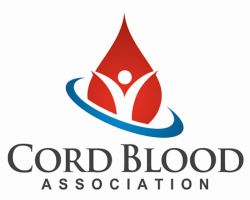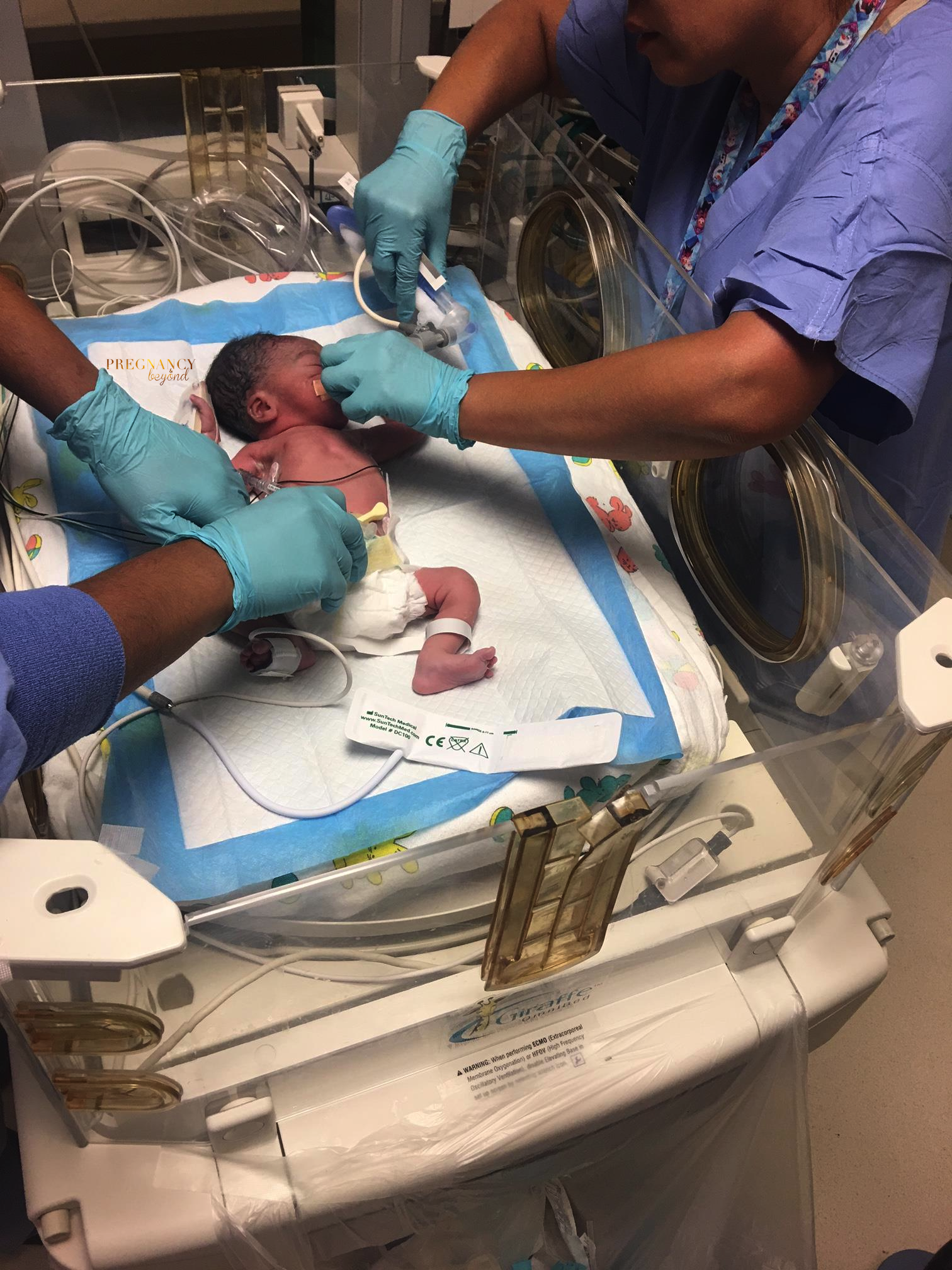
Private Cord Blood Banking:
The Private Cord Blood Banking By Karen Ballen, MD, and Arthur Flatau, Ph.D.

Private Cord Blood Banking: How do I save my baby’s cord blood for my family’s own use?
As earlier explained in previous installments in this series, a newborn’s umbilical cord blood can be donated to a public bank. So, there it is available to any biologically matched individual who needs it for the treatment of a serious disease. Also, it can be stored privately for use by your family.
For private storage, there are two options:
Typically, private cord blood banks are not associated with a particular hospital. Consequently, the mother is sent a collection kit to give to her doctor or other health care provider. The collection is then performed at the time of delivery.
Is donating cord blood safe?
Cord blood donation is completely safe for the mother and her baby. No blood is taken from the baby. It’s only taken from the umbilical cord itself. After the baby is born and after the cord is clamped and cut. The mother’s labor and delivery are not affected.
Is there a fee for saving cord blood in a private family bank?
Yes. Private banks charge a fee for the collection, transportation, processing, and storage of cord blood. The amount of those fees varies from bank to bank and country to country.
How do I find a reputable private family cord blood banking?
You can contact one of the private cord blood banks affiliated with the Cord Blood Association at www.cb-association.org/member-banks. Additional banks can be found on the Parent’s Guide To Cord Blood Foundation website at https://parentsguidecordblood.org/en.
Be sure the cord blood bank is accredited by AABB or the Foundation for the Accreditation of Cellular Therapy. These organizations have standards and gather data from banks. They conduct on-site inspections to ensure that the cord blood is collected safely. Also, whether it is handled in a way that protects the quality of the cells.
What is the likelihood that someday my baby will need the stored cord blood?
The chance of your baby ever needing his or her own cord blood cells is low, but not zero.
For instance, if your child develops a blood cancer like leukemia and needs a stem cell transplant. Your child’s own cord blood cells would not be used. Because the cells that caused the disease might be in the child’s cord blood.
Donor cells, or sibling cells, would do a better job fighting the disease.
However, research is underway about cord blood cells. To determine whether, in the future, cord blood stem cells can cure or help in other medical problems. That are not currently treated by a cord blood transplant. Such as birth asphyxia (brain damage from lack of oxygen), cerebral palsy, and autism.
Although these therapies are not yet available as part of standard medical practice. They are being evaluated in ongoing clinical trials and may prove useful in the future.
How likely is it that another family member can use my baby’s stored cord blood?
Currently, the likelihood that a family member will use your baby’s stored cord blood is quite small. Whether your baby’s cord blood can help a family member who needs a transplant depends on several factors.
First, the number of cells in a single collection or “unit” of cord blood must be sufficient for transplant. Adult patients typically require more cells than are contained in a single unit. However, techniques are now under investigation that could expand the number of cells in a cord blood unit. Which would increase the number of cells available for a transplant patient.
Second, cord blood cells have genetic markers called human leukocyte antigens (HLA). They need to closely match those of the patient. Brothers and sisters with the same biological parents have a 25% chance of being a perfect match. 50 percent chance of being a partial match. Other family members are much less likely to be a match.
If there is a child in your family who has a blood cancer like leukemia or an inherited blood disease. Like thalassemia or sickle cell anemia. Then consider saving your baby’s cord blood for that child’s future use. Many public and private family banks offer this service through a directed-donation program. More information is available at https://parentsguidecordblood.org/en/node/18267.
You can also consider this option if you’re at risk of conceiving a child with a genetic disorder. Like sickle cell disease, that can be treated with a cord blood transplant.
Where can I find more information about cord blood?
The more questions you ask, the better informed you will be to decide. For what do to with your baby’s umbilical cord blood. Your obstetrician or other health care provider can advise you on options. Those are available where you plan to deliver your baby.
A wealth of information about cord blood banking and cord blood therapies can be found on the website of the Cord Blood Association at http://www.cb-association.org. Look under the “Resources” tab for a summary of current uses of cord blood. Moreover, the diseases in which cord blood is being used. Also, recent research advances, and a list of CBA-member public and family banks.
Further read: Cord Blood Facts – Every Parent Should Know
Further authoritative and useful websites are:
American Academy of Pediatrics
Parent’s Guide to Cord Blood Foundation
U.S. Health Services & Resources Administration
About the Author: 
Karen Ballen, MD, a hematologist/oncologist at the University of Virginia Health System. Moreover, he does cord blood research. Also, his articles about cord blood therapies frequently appear in medical journals.
Arthur Flatau, Ph.D. He is a leukemia survivor. Also, chair of the Cord Blood Association Public Education Committee.
Follow PregnancyBeyond on Instagram, Facebook, and Twitter





